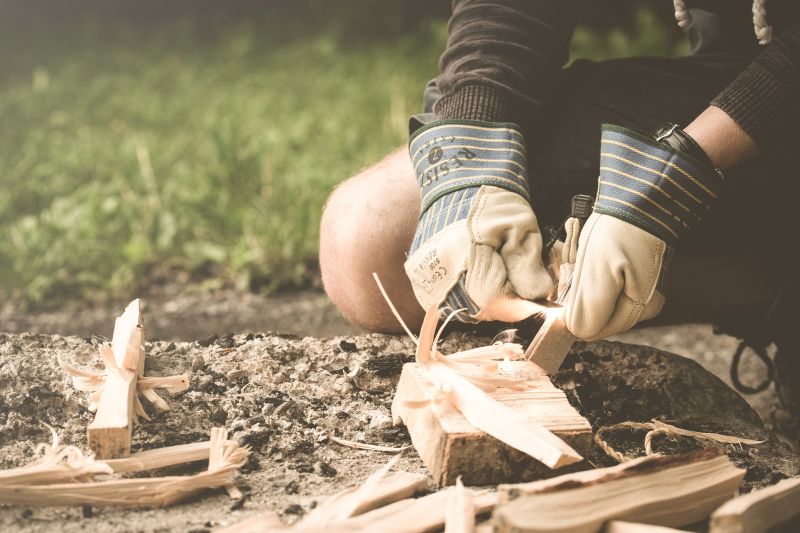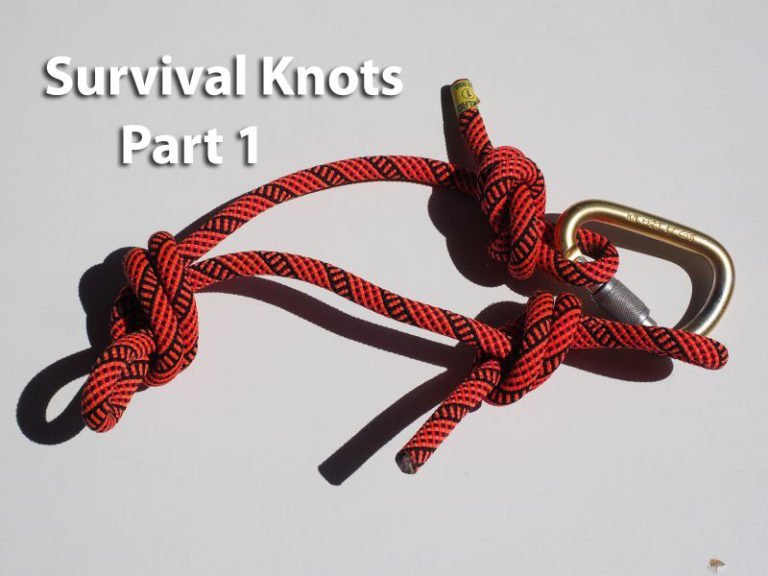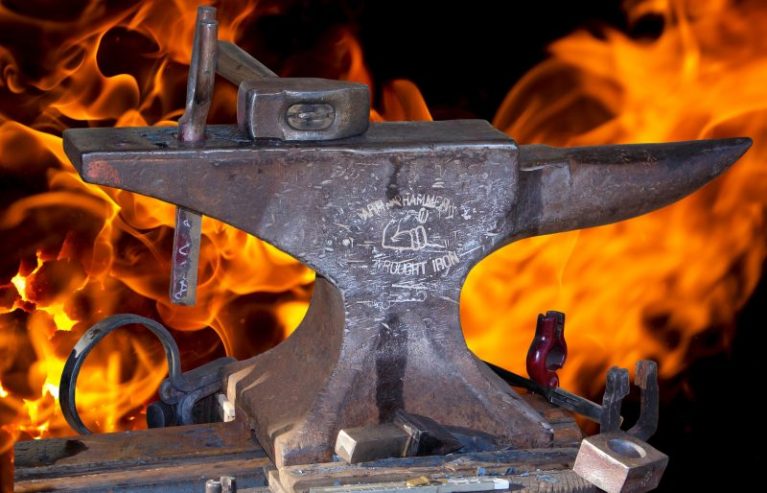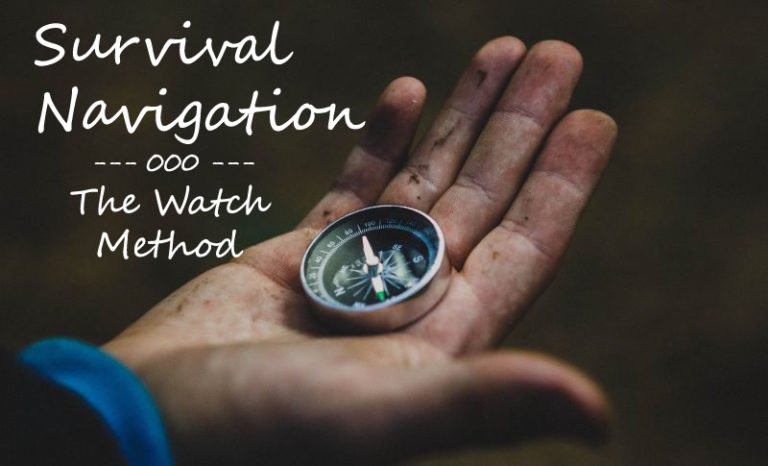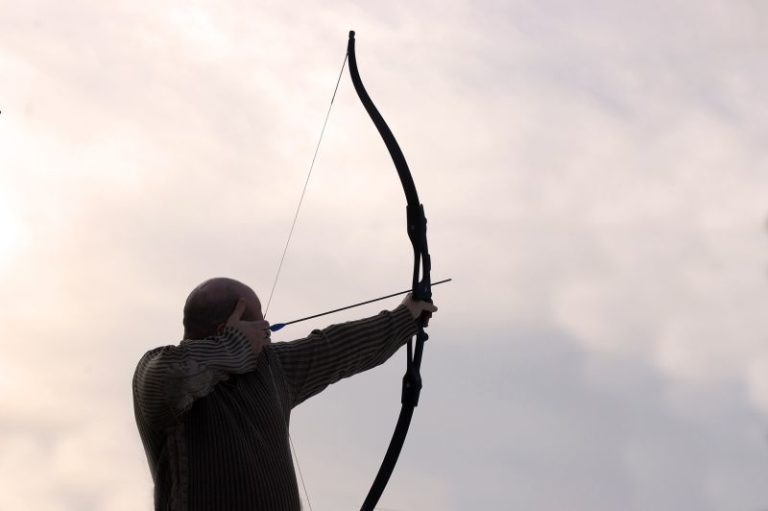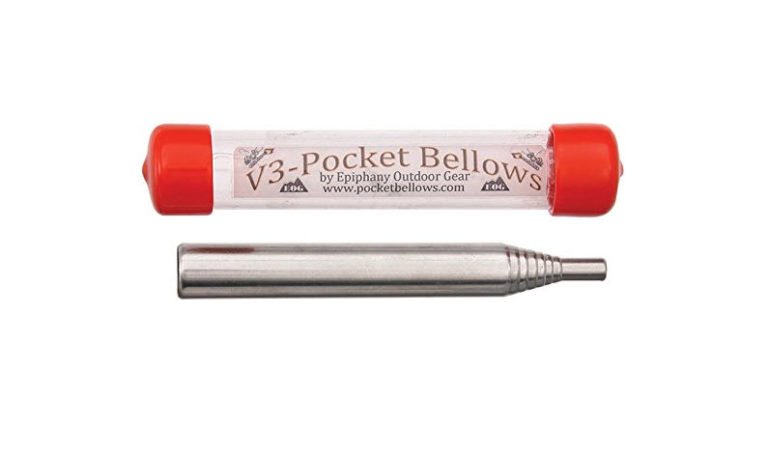3 Essentials For Making A Survival Fire
I get commissions for purchases made through links in this post. View our Affiliate Disclaimer.
Making a survival fire is probably one of the most essential survival skills to master in the outdoors. Whether you are in a survival situation or just camping in the outdoors for fun, you are going to need to make fire for various reasons.
In a survival situation you would need fire for cooking, warmth, purifying water, or for signaling. In a controlled camping situation, your needs would be less urgent or life threatening, but you would still need a fire for cooking and warmth at least.
No matter your circumstance, to make a fire you will need 3 basic ingredients:
- A spark, or an ember
- Tinder to get the initial fire going
- Fuel for the established fire
The Spark – (or ember in some methods)
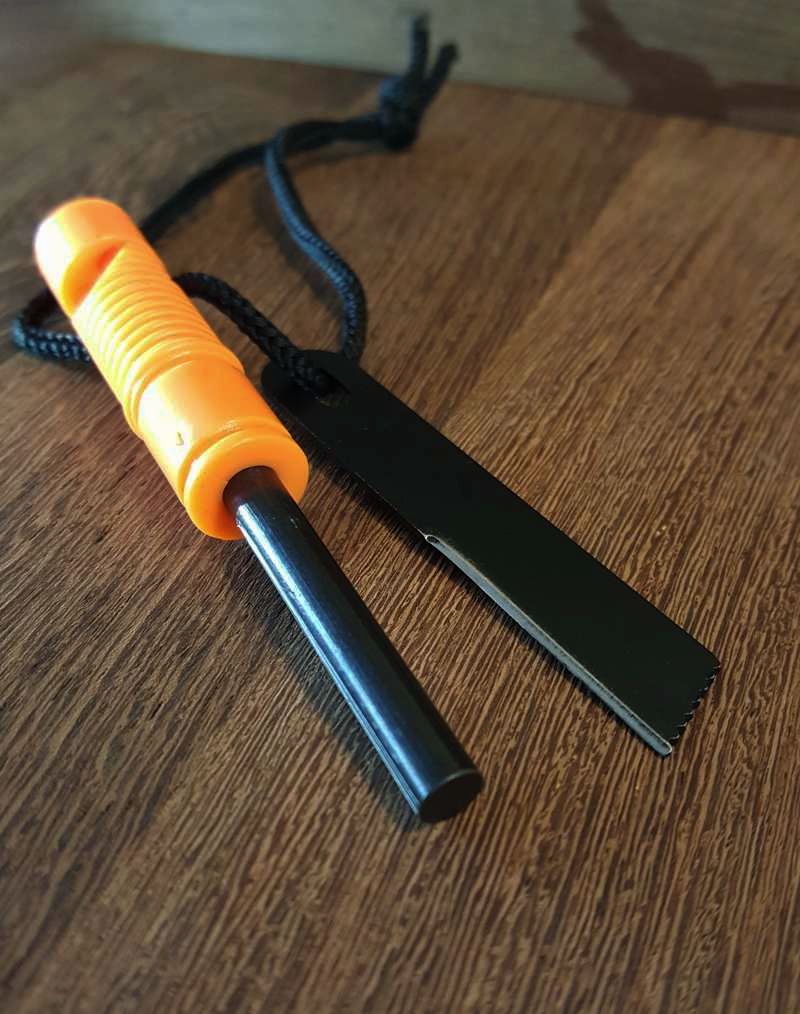
The spark for your survival fire can be achieved as simply as striking a match or flicking a disposable butane lighter, but what do you do if these methods are not available to you – your matches got wet, or your lighter is out of butane. This brings me to an important aspect of the outdoors – ALWAYS have MULTIPLE METHODS for creating a spark at your disposal.
Here are a couple of alternative methods of getting a spark.
- A Ferro rod (or Ferrocium rod) – produces spark
- A Magnesium block – produces spark
- A Fire Piston – produces an ember
- Traditional fire making methods – such as a fire drill – produces and ember
Ferro rods and magnesium block fire starters are cheap, easy to come by methods for getting a spark. Your fire making kit should have at least one of these options as an alternative to matches and a lighter.
A fire piston is another method you can use, but requires a bit more skill and practice, and requires the use of char cloth, which I will explain in another article. This method of fire starting, along with older traditional fire starting methods, produces an ember which you place in your tinder and gently blow to create the flame.
Survival Fire Tinder
Tinder is the second requirement for a survival fire and can take the form of natural material such as dried grass or pine resin, or it can be a prepared tinder that you carry with you, such as char cloth, hemp rope, cotton wool, paracord, or a fire straw – (article coming soon on How To Make Fire Straws).
The key aspect for natural material tinder, such as grass or bark, is that it must be dry. This is often a problem in rainy, damp conditions. As in the case of sparking methods, it is also a good idea to carry you own tinder, and have a few varieties of tinder in your fire starting kit.
The purpose of the tinder is to get that initial flame going from the spark. This means that the tinder must be dry enough to catch fire, or must be of a flammable material.
Fuel
The burning tinder now needs a larger fuel source in order to make the fire usable and sustainable. The fuel source, usually wood, should be added to the fire starting with small pieces and gradually moving on to bigger pieces. The wood you use should be as dry as possible, but as the fire grows in size, you will be able to use pieces of wood that are a bit damp, but this will also generate a lot of smoke.
One method to getting dry wood in damp conditions is to find a larger diameter piece of wood and then baton (split the wood) it down to the heart wood, which will be drier that the outer layers of wood. A good quality bush knife can be used to baton the wood.
Practice, practice, practice
The best way to become proficient in making fires in the great outdoors is to practice in your back yard.
Try various methods at home and learn what works for you. Learn to use your equipment before your NEED to use your equipment!
Get more posts like this
Subscribe to our mailing list and get interesting homesteading and green living info and updates to your email inbox.
Thank you for subscribing.
Something went wrong.

